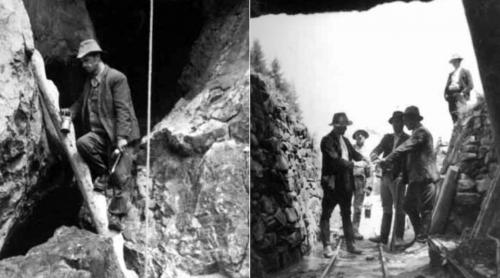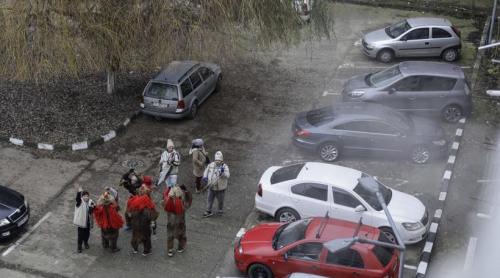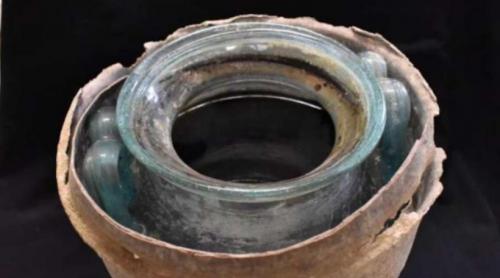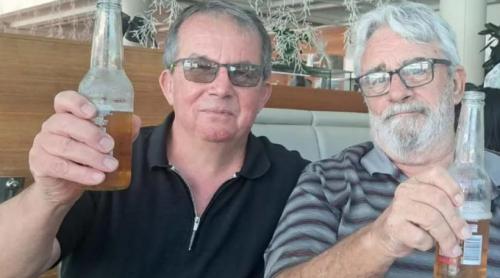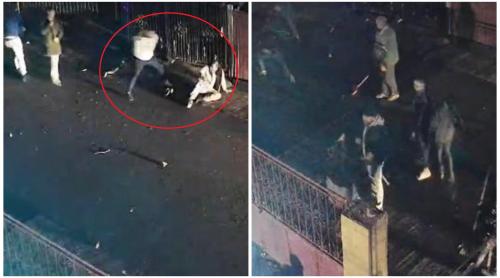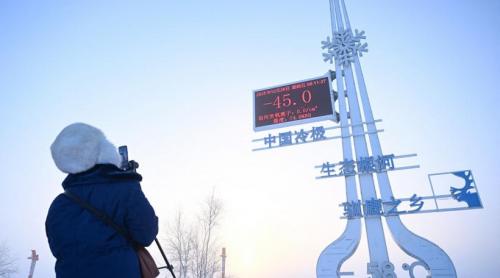
It hasnât been more than 10 years since the adherence to the CITES international convention and Romania received excellent grades from the experts of this organism for the sturgeon fishing, which allowed it to become the worldâs number 1 in exporting sturgeon caviar. After becoming the leader, Romaniaâs position is threatened by its internal problems: the poaching and the aberrant laws.
In the Delta, the sturgeons can be caught in the waters of two of the three main branches of the Danube, Chilia and Sfantu Gheorghe. After Sulina, the other branch, became available for ships, more than one century ago, the fish in there disappeared. Actually, in the meantime, the Sulina Branch has become the main artery that connects the Continental Europe and the Black Sea. This is also the reason for which there were no areas on this branch to be chartered for fishing. In the context in which Ukraine builds the Danube - Black Sea high depth channel Bistroe on the Chilia branch, the experts have noticed that the sturgeons didnât appear in this branch either. The infernal noise and the intense activity of the dredges that were deepening the Chilia branch led to a paradox: after swimming in the waters of three branches of the Danube, the sturgeons used only the Sfantu Gheorghe branch for reproduction in 2004. However, in spite of that, their number didnât get smaller, but they are more. This yearâs research showed that the stopping of the works on the Chilia branch led to the regulation of the sturgeonsâ migration on this branch as well. POACHING The Danube Delta has suffered a lot from the poaching, after the Revolution. Escapeless, the sturgeons were victims as well. Since the big sturgeons that weighed more than 100 kg couldnât be captured and transported without drawing attention, the victims were the smaller species. They were caught during the prohibition periods especially with the same tools used for the catching of the carps. The sturgeons begin reproduction at the age of twelve, and because of this, we are now able to see the effects of the massive poaching from the beginning of the 90s. 1999 was the first year in which a professional monitoring of the sturgeons species took place. The World Bank, with an irredeemable loan, financed it. The monitoring was made in the presence of several experts from more American Universities. ABSURD MEASURES This year, the Romanian authorities took a series of measures that could affect our countryâs relation with CITES. First of all, this spring, the Minister of Environment, Sulfina Barbu, said the industrial fishing diminished the number of the sturgeons in the Delta. This statement showed that the Minister didnât know that there has always been industrial fishing in the Delta, this being the present activity of 300 professional anglers. The (absurd) solution that the Minister proposed was that the anglers should practice sportive fishing and a compensation for the incomes of the 300 anglers, which is about 1 billion lei every year, should be found. This turned into an aberrant prohibition order for the sturgeons. During the spring, the same Minister agreed to the fishing of the sturgeons during the prohibition period! The document is registered with number 17/ 31st of March 2005, has been released by the National Agency for Fishing and Aquaculture, an institution subordinated to the Ministry of Agriculture, and allowed the company Kaviar House to fish sturgeons during the prohibition period. The permit, available through the 15th of July, allowed the company to capture sturgeons for reproduction in three capture areas on the Danube. This special authorization came with the environment authorization for special operations number 128/2005, released by ARBDD (Administration of the Danube Delta Biosphere Reserve) and signed by the institutionâs chief, Paul Cononov, the ashman-governor. The documents allowed the poaching. This way, even though the authorization released by ARBDD was saying that the Administration would monitor the capturing of the sturgeons, it also said that it would do this just by forcing Kaviar House to "notify each capture". In fact, anyone could fish the sturgeons for their caviar without notifying anything to the ARBDD. Moreover, Kaviar House was allowed to fish in some areas that had already been chartered to another company. THE EXPLANATION The National Agency for Fishing quickly agreed with ARBDD about the capture and the fishing areas and even though it hadnât been consulted, like the laws say, the Administration jumped to releasing the environment authorization in the same day, which led to the braking of another commercial contract as well. Even though the ashman-governor says it was all legal, no one has ever benefited from being allowed to fish during the prohibition, not even in the times of Ceausescu. Then, the Danube Delta had been governed arbitrary, in function of the economical needs.Citește pe Antena3.ro




